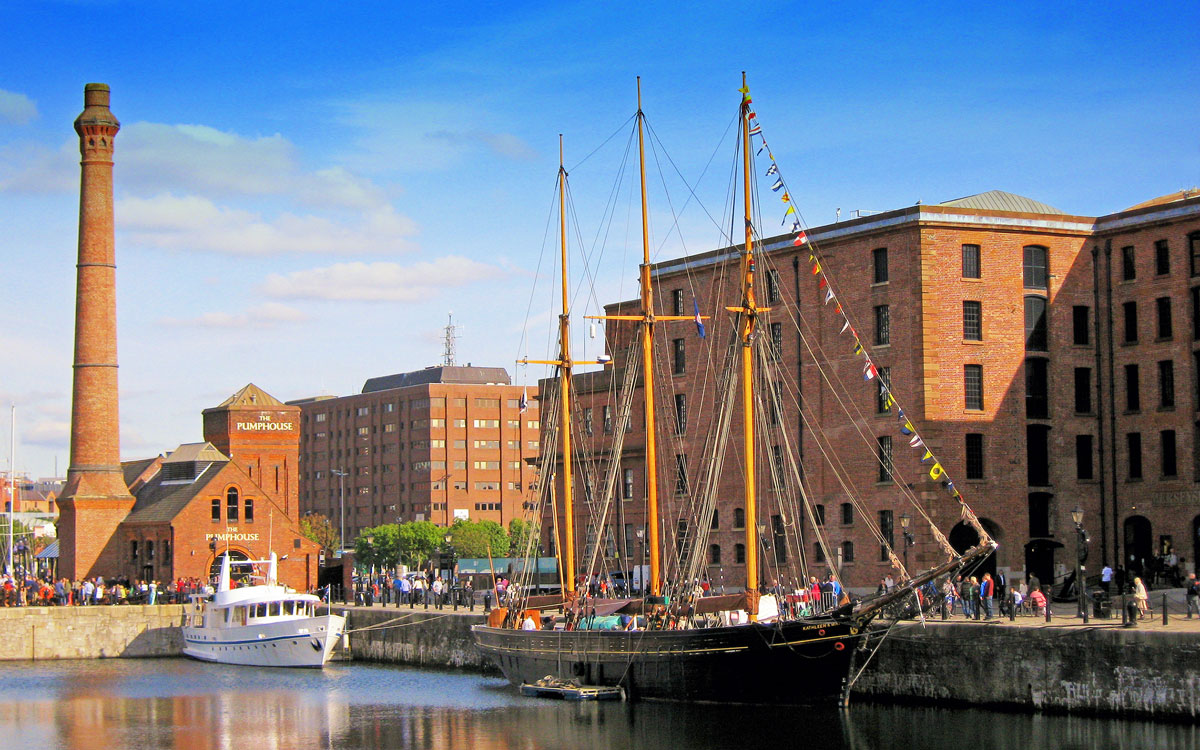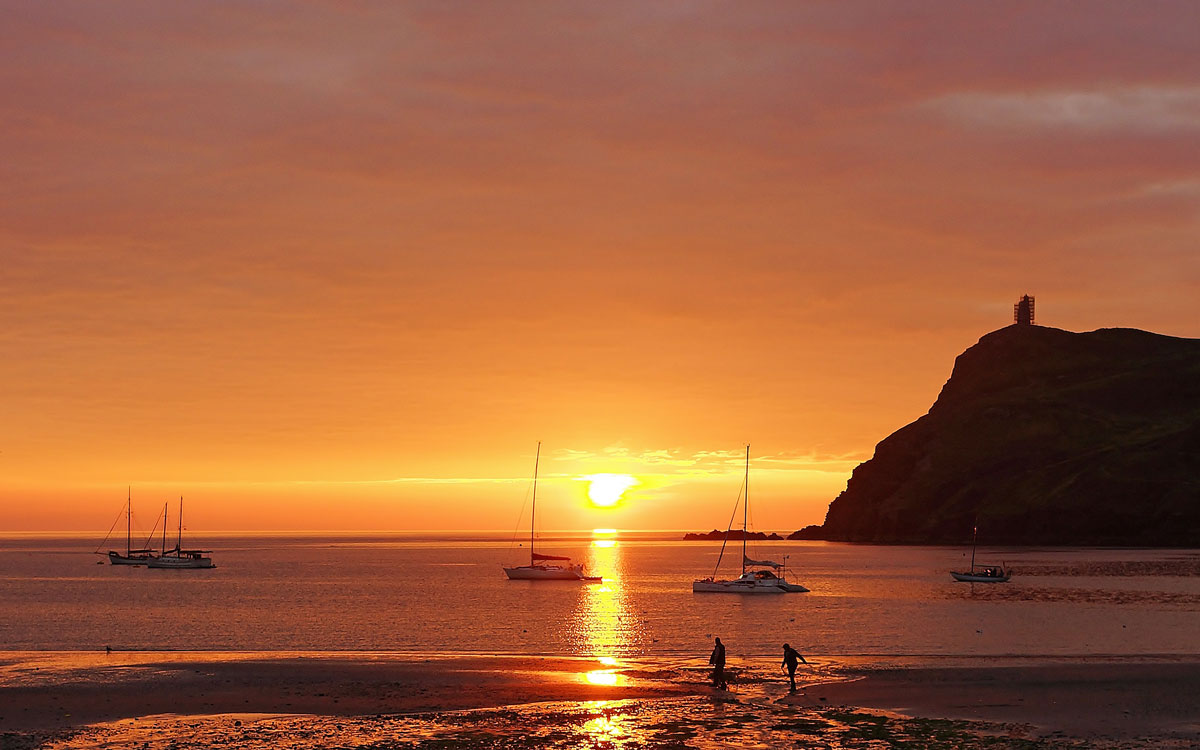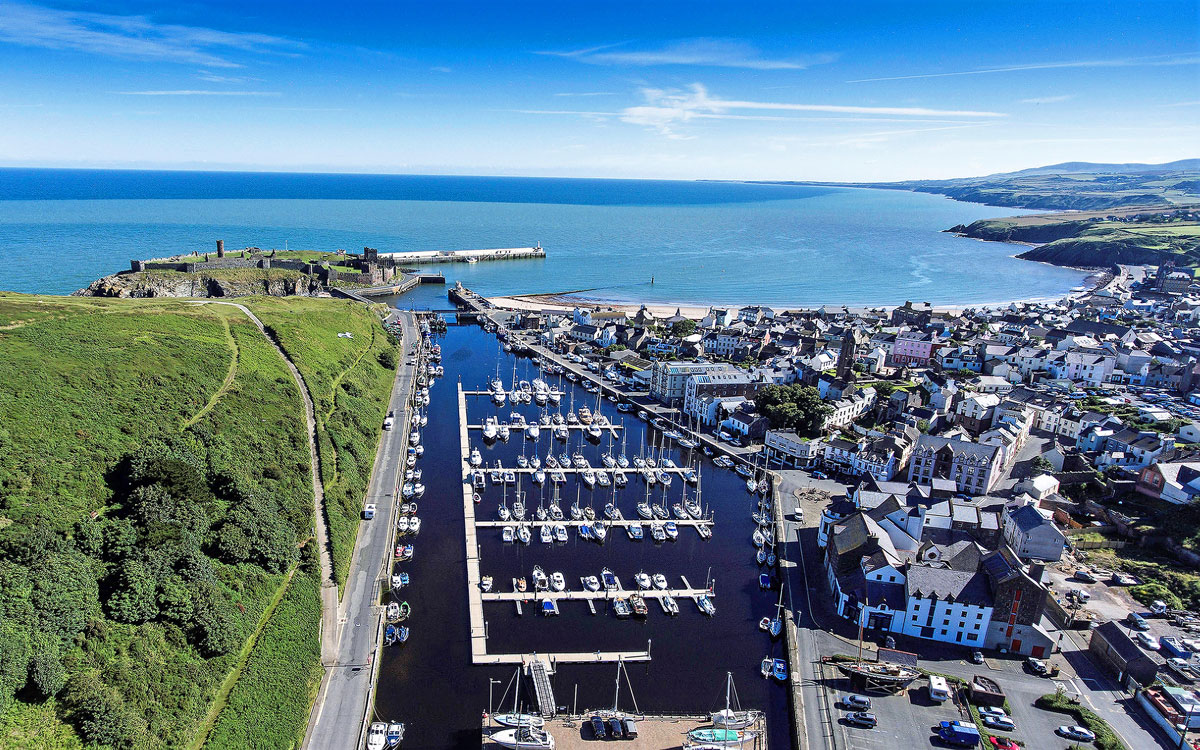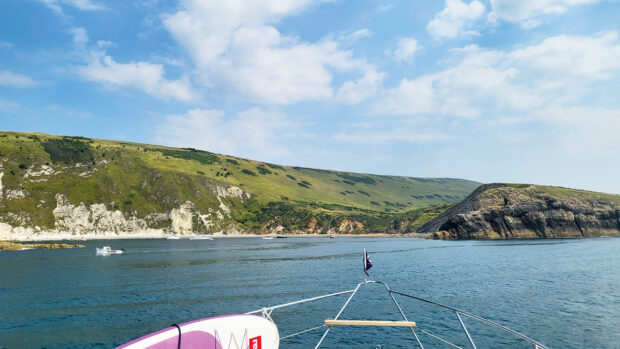Historic dockyards, picturesque coves and stunning sandy beaches inspire great affection for this unusual corner of the UK
To anyone based down south, the Irish Sea coasts of England and Wales seem a remote, almost foreign prospect; part of the shipping forecast normally glossed over. Yet thousands of boats are based around this compact cruising area, fringed to the west by Anglesey and the Isle of Man. Both islands have hopping-off points for short passages to Ireland, and each is fascinating in its own right, with plenty of enticing anchorages and small harbours.
The range of seascapes is fantastic. North Wales is classic bucket-and-spade holiday country, low and flat in the east but more appealing west of Llandudno where hills start rising towards the Menai Strait. Lancashire is famous for its miles of sandcastle beaches right up to Morecambe, but the key features for boat owners are the wide tidal inlets leading to snug marinas at Preston, Fleetwood and Glasson Basin.
In the crook between Lancashire and Wales, the legendary River Mersey meets the sea in a long tidal estuary lined with drying sands. Liverpool is a popular cruising destination, with a 360-berth marina in its revitalised docklands.
Preston and the River Ribble
I am starting with Preston because it seems so amazing to find a comfy marina in the heart of this historic Lancashire textile town. Yet here it is, a welcoming yacht harbour in a 40-acre dock which once pioneered roll-on roll-off cargo handling.
Reached by a lock from the River Ribble, the marina is immediately inside the basin to port, opposite some apartments and a leafy promenade. Baffito’s Italian restaurant is next to the lock with a pleasant terrace. There’s a chandler and boatyard on site.
The wide drying mouth of the Ribble opens into the Irish Sea ten miles north of the Mersey. The entrance looks a bit tricky on the chart but in fair weather, within two hours of high water it’s easy to find the outer perches by plotter and follow the 12-mile channel in past Lytham St Annes. Use Admiralty 1981 and the directions in the latest Reeds Nautical Almanac. If possible, the marina appreciates reasonable notice of arrivals.
Article continues below…
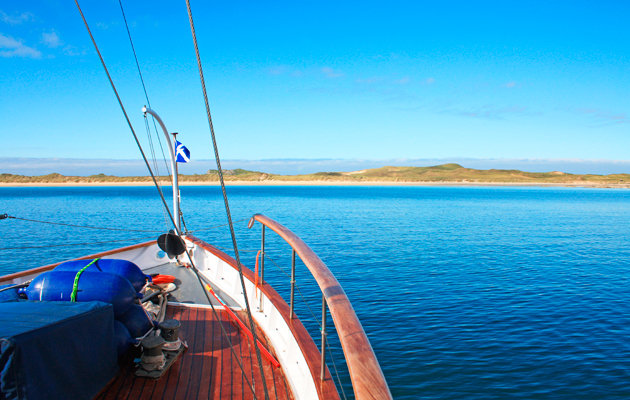
Top 10 remote island destinations around the UK revealed
In his latest cruising feature, Peter Cumberlidge picks out the best remote island destinations you can easily reach from the

Top ten alternative British boating bases
Look beyond the typical South coast boating bases and there are plenty of welcoming harbours that offer some delightful experiences
From seaward on a clear day, you’ll see the 158m Blackpool Tower, six miles north of the estuary and one of England’s iconic landmarks. As the channel draws closer to Lytham, the solid Lancashire houses look rather homely, though the distant south bank is wild and marshy, like a scene from the Fens. Above Lytham, the narrowing river runs through largely rural country almost as far as the lock.
MBY reader Robert Gasse berths his Nelson 42 Adelina at Preston Marina. An experienced sailing man turned to power, he knows these waters well and has found that a rugged, all-weather motorboat is the key to visiting offbeat, often spectacular corners of the British Isles in the best conditions. His wife isn’t a keen passagemaker, so old friend Derek Butler is a regular crew aboard Adelina.
Up to Liverpool
The Mersey is one of England’s great historic rivers. Liverpool was once a major slaving port and the prosperous hub for British trade with the Americas. Many legendary ships were built on Merseyside and Cammell Laird now has the polar research vessel Sir David Attenborough on its stocks at Birkenhead.
The outer approach is fringed with sandbanks up to nine miles offshore and Queens Channel leads between the seaward ends of Taylors Bank and Great Burbo Bank to join the Crosby Channel. Commercial traffic arriving off the Mersey makes for the Bar red light float well out, but motor boats can join the channel further in, near Q2 red light float or Formby fairway buoy.
From here it’s about 14 miles up to Liverpool Marina, whose entrance lock on the east bank is not far upstream from the prominent brick buildings around Albert Dock.
Mark Beeston keeps his Sunseeker Manhattan 52 in North Wales at Conwy Quays. He sometimes cruises east to Liverpool and enjoys arriving at the mouth of the Mersey. There are interesting ships to see and you feel the vibes of departure that have always been strong here, particularly for thousands of Britons who emigrated to America, Canada and Australia.
You enter the river proper between the vast Crosby and Bootle docks on the east bank and New Brighton seaside resort on the west. Further up to port is the Liver Building at Pier Head, where the Mersey ferries land, and then the busy Liverpool cruise terminal. The docklands regeneration around Tate Liverpool has created vibrant new city waterfronts.
The marina lock is not far above Albert Dock. Access times vary from just over two hours each side of HW at springs to about one and a half at neaps, but with nowhere to wait, it’s easiest to arrive an hour before high. The marina occupies two large basins and some sizeable boats are based here.
It has a tranquil atmosphere and the clubhouse restaurant is between the basins on a short pier. Mark told me that a bonus about berthing here is using your tender to potter through the dock canals to the bistros and bars around the Albert.
Conwy Bay
Less than 30 miles WSW of the Mersey entrance buoys, Great Ormes Head juts out from Llandudno to form the east arm of Conwy Bay. Here, a buoyed channel leads east and then south to Conwy Quays Marina, on the west bank of a picturesque drying estuary with a backdrop of sheltering hills.
The marina entrance is just beyond an expanse of dunes and Conwy golf course. A second marina, Deganwy Quays, is over on the east bank. The stunning towers and massive walls of Conwy Castle command the scene further upstream.
Conwy Quays Marina has a delightful setting and is conveniently placed for both weekend and further-afield cruising. Less than five miles WNW of its outer buoys lies Puffin Island and the north entrance to the Menai Strait, a fascinating 18-mile channel between Anglesey and the Welsh mainland.
Menai Strait
This dramatic stretch of water has been an active boating centre since at least the early 1800s. The Royal Anglesey Yacht Club at Beaumaris dates from 1885 and the Royal Welsh started at Caernarfon 50 years earlier.
The north end of Menai looks three miles wide, spreading across acres of drying sands, though the navigable fairway hugs the Anglesey shore. The south end is also littered with sandbanks, and boats entering or leaving here must cross the notorious Caernarfon Bar near HW. The south entrance narrows to two cables at Abermenai Point, where a spit of dunes juts out from Anglesey.
Working north from Abermenai, you soon reach Caernarfon, graced by another medieval castle. Victoria Dock is highly recommended by Conwy berth holder James McGoff and has splendid open views across to Anglesey. The strait then glides past the prominent National Watersports Centre and Port Dinorwic Marina.
The most notorious stretch is the Swellies, a tricky mile between the two Menai bridges which can see the at springs, when up to 8 knots of tide pours over rocky shoals. However, the Swellies are usually no great problem for fast motorboats because transits can easily be timed for high-water slack. On a still day this is a beautiful passage, its calm wooded banks setting off the impressive architecture of both bridges.
Mark Beeston often brings his Sunseeker through the strait at weekends and told me about two special anchorages. The first is on Anglesey, just outside Caernarfon Bar off the tip of Llanddwyn Island. Here, Pilot’s Cove is a wonderful sandy spot in quiet or northerly weather, looking down towards the Llŷn Peninsula.
The other gem is Porthdinllaen, a dozen miles south of the Bar, inside a sheltering peninsula off a golden beach. Here, the Tŷ Coch Inn has been voted one of the top ten beach bars in the world and on a warm summer day, Porthdinllaen feels like a Caribbean hideaway.
Isle of Man
A Crown Dependency with its own Manx parliament, the Isle of Man is surprisingly large – 26nm long and nine across – and has some of the most spectacular scenery in Britain. The lush rolling country includes significant hills, winding wooded valleys and charming villages. From almost anywhere on the island, you can usually glimpse the sea.
In the pubs and shops, the welcome has a traditional northern warmth reminiscent of the most genial Lancashire publicans or seaside landladies. The dialect has the flavour of north-west England. You eat English food and drive on the left, yet somehow Man feels a little bit foreign.
Tucked into the east cliffs, Douglas is the capital and the marina here is an interesting place to winter a boat. On the west coast, Peel Harbour Marina is handy for jumping off for Ireland.
Cruising from Peel
Arriving at this convivial harbour, you pass a fabulous castle to starboard. Peel is a soothing place, with green slopes one side and placid quays on the other. The Peveril Inn is next to the harbour office and life feels easygoing. Local boat owner Ben Corcoran is part of the scene and has been afloat since he was a nipper.
Ben’s present boat is a Sealine 42/5 and he described some interesting jaunts from Peel. In quiet or easterly weather, Port Erin Bay is a memorable anchorage, ten miles south of Peel. Facing Ireland and the Mountains of Mourne, this striking inlet is cocooned by hills and partly protected by a rubble breakwater.
On settled weekends, Ben likes to cross to Ardglass in Northern Ireland, a sociable marina in a horseshoe bay 32 miles west of Peel. Doyles excellent bistro is on the north quay. Cumbria is a favourite too, with Whitehaven only 46 miles away north-about the island. This stylish resort has a thriving marina and an elegant Georgian town centre. There are pubs and bistros galore.
Douglas Harbour
Douglas feels pleasantly dated – its seafront has a timeless row of Victorian and Edwardian hotels and guesthouses and children can still have donkey rides on the beach here. The marina is accessible through a swing bridge two hours each side of high water and is an agreeable place to lie, with a green hillside above the south wall and attractive buildings along north quay.
The Little Fish Café is a tasty stop at any time of day. It’s perfectly safe to leave a boat at Douglas, and nearby Ronaldsway airport has frequent flights all around the UK.





